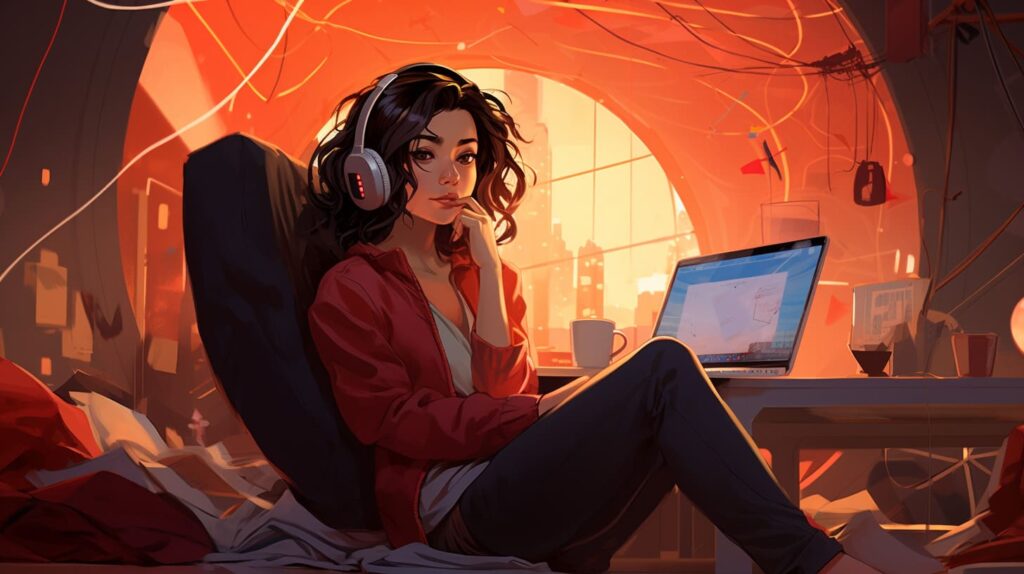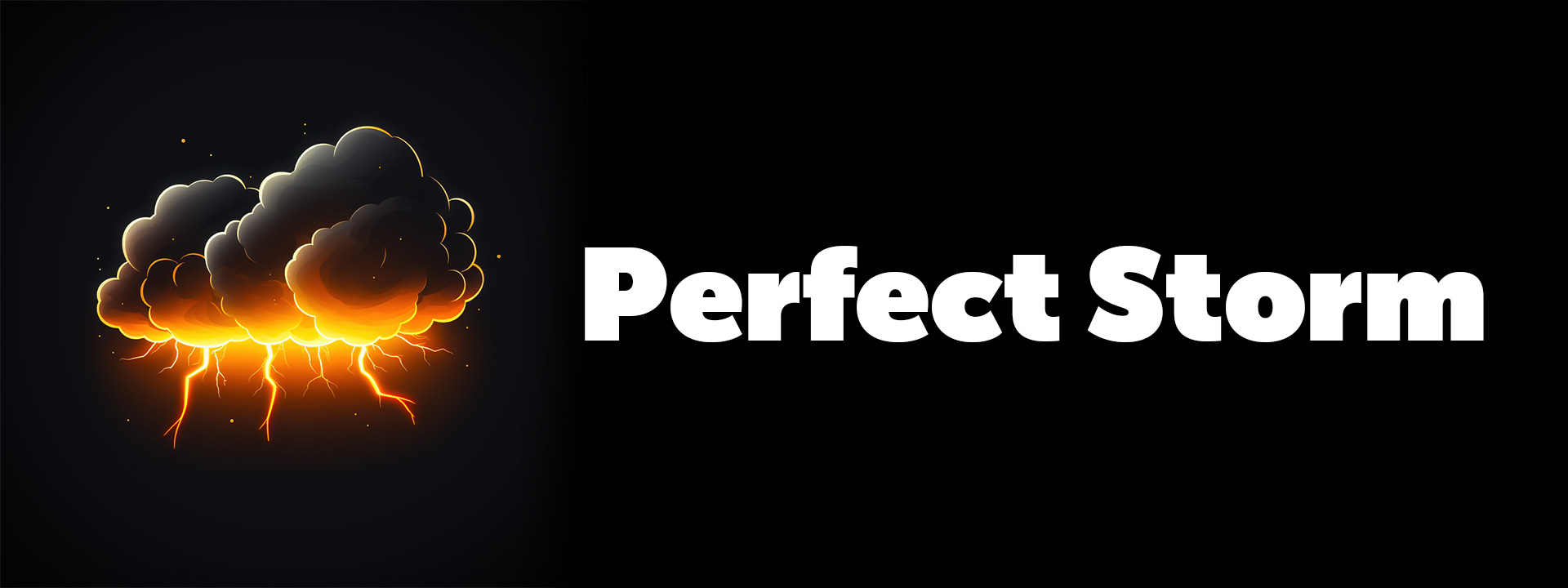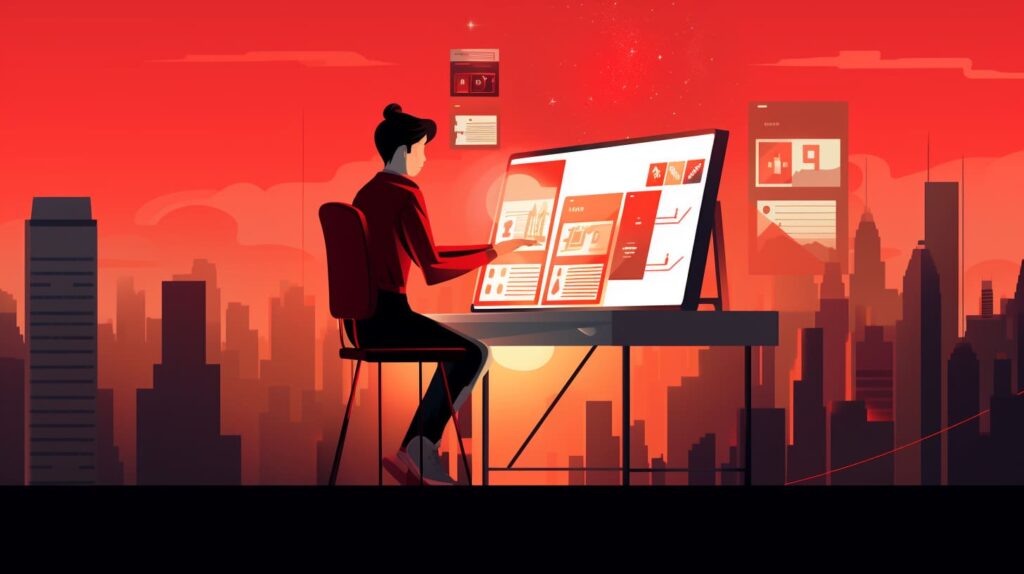Unleash Your Inner Visionary: Understanding and Harnessing Your Creativity
We’ve all been there, standing on the precipice of a brilliant idea, only to struggle to identify or even understand our most creative moments. It’s like trying to catch a cloud; you know it’s there, but how do you hold onto it? This feeling of loss or confusion can trigger a sense of anxiety, perhaps even a pang of self-doubt. But rest assured, you’re not alone in this journey. We’re all explorers in the vast and fascinating landscape of creativity.
This article is your map to navigate this landscape, your compass to guide you toward your inner vision. Many of us are oblivious to the powerhouse of creativity within us, often because it can be elusive and intangible. But once we understand it and know how to tap into it, we can unleash a torrent of ideas, innovative solutions, and creative masterpieces. So, let’s embark on this journey together to comprehend and unleash the creative genius within us. When do you feel most creative? It could be at any moment. Ditch the self-doubt, embrace the exploration, and allow yourself to be amazed by your potential.
Table of Contents
Understanding Creativity
Creativity can sometimes feel like a mysterious, elusive creature, can’t it? You might be asking yourself questions like: What exactly is creativity? Why does it matter in my life? Let’s dive into it together.
Definition of Creativity and its Importance in Personal and Professional Life
Creativity is the ability to think beyond boundaries, connect unrelated ideas, and invent or create something new. It’s not just about painting a beautiful picture or writing a novel – though those are certainly examples of creativity. It can also be as simple as finding a new approach to an old problem at work or developing a novel way to organize your kitchen.
Why is creativity important? In your personal life, creativity can lead to a more fulfilling, richer experience of the world. It helps you view things differently, making life more exciting and fun. In the professional world, creativity is increasingly valued. Businesses are constantly looking for innovative ideas and unique solutions to stay competitive.
Common Misconceptions about Creativity
Now, let’s tackle some of the common misconceptions about creativity. Firstly, creativity is not just for ‘artists’. You might think, “I can’t draw, so I’m not creative.” But remember, creativity isn’t bound to any field or profession – it’s about thinking differently and innovatively, regardless of the context.
Secondly, creativity is not an inborn talent. Sure, some people might be more inclined towards creative thinking, but it’s a skill that can be learned and nurtured. So, don’t beat yourself up thinking, “I’m just not a creative person.” You are! It would be best if you flexed those creative muscles.
The Variability of Creativity – It’s Not a Constant State but Comes in Waves
Lastly, let’s talk about the ebb and flow of creativity. It’s not a constant state. Some days, you might feel creative energy; the creative well might feel dry on others. That’s completely normal. Creativity comes in waves, and our environment, mood, and experiences often influence it.
Remember that it’s okay to have ‘off’ days. Please don’t force yourself to be creative when it’s not coming naturally. Instead, take a break, seek inspiration, and know your creative spark will return.
Understanding and embracing your creativity is a journey. It’s a pathway to personal growth and professional success. So, let’s celebrate our creativity in all its unpredictable, beautiful, and surprising forms. After all, it makes us uniquely human and gives color to our world.
Identifying Your Creative Peaks
We all have our unique rhythm when it comes to creativity. Some of us are morning larks who find our creative juices flowing with the first light of dawn. Others are night owls, with ideas sparking in the quiet solitude of the evening. Understanding and embracing these variations is essential – they make us who we are.

Understanding Individual Creative Rhythms
Don’t worry if you are struggling to find your creative rhythm. It can be challenging. You might find that your creativity doesn’t follow a set schedule or seems to come in unpredictable waves. That’s perfectly okay. Our creative rhythms are as individual as we are. They can be influenced by various factors – from our mood and energy levels to our environment and tasks. So remember, it’s not about fitting into a mold but understanding and harnessing your unique rhythm.
Tools and Strategies to Identify Your Creative Peaks
Identifying when you feel most creative can be a game-changer. But how do you do that? Here are a few strategies:
- Reflect: Start by reflecting on your past creative experiences. When did you feel most inspired? What time of day was it? What were you doing?
- Experiment: Try working at different times of the day and observe when you feel most productive and inspired.
- Journal: Keeping a creativity journal can be incredibly helpful. Note down your thoughts, ideas, and feelings throughout the day. Over time, you might start noticing patterns.
Addressing the Concern of Not Having Identifiable Creative Peaks
You might be thinking, “What if I don’t have identifiable creative peaks?” That’s a valid concern. Sometimes, our creativity can feel scattered and elusive. But don’t fret. Remember, creativity isn’t something that can be forced or scheduled. It’s a natural process, and it’s okay if it fits into something other than neat time slots. What’s more important is to create a supportive environment for your creativity to flourish. This could mean setting aside regular time for brainstorming, minimizing distractions, or simply allowing yourself to explore and experiment.
So, take a deep breath, be patient with yourself, and remember: your creative peaks are not a measure of your worth or talent. They are just one of the many tools you can use to enhance your creative process. And with a bit of time and introspection, you’ll find your rhythm.
Ways to Boost Your Creativity
Creativity can often feel like a mystical force. One minute, it’s there; the next, it’s gone. But creativity is more elusive than it seems. It’s a muscle that can be trained and developed. And I’m here to help you do just that. Here are a few key strategies to boost your creativity.

Introduction to Methods That Can Enhance Creativity
There are countless methods to enhance creativity, and they all revolve around a central theme: breaking away from the norm. This might mean changing your environment, altering your routine, or shifting your mindset. Simple. But I know it’s easier said than done. Let’s break it down and make it manageable.
The Role of Physical Environment, Routine, and Mindset in Boosting Creativity
Your physical environment plays a significant role in your creativity. It’s hard to think outside the box in a box. A change of scenery can do wonders. Try working in a park, a coffee shop, or a different room. It’s incredible how a slight shift can spark new ideas.
Next, let’s talk about routine. It’s easy to fall into a way, and practices are good for productivity. But for creativity? Not so much. Try switching up your schedule. If you usually brainstorm in the morning, try the afternoon instead. Or, if you consistently work on a laptop, try using a notebook. Small changes can lead to significant results.
And finally, your mindset. This might be the toughest to change but also the most important. It would be best if you permitted yourself to think creatively, to make mistakes, and to explore new ideas. It’s okay not to have all the answers. That’s what creativity is all about.
Dealing with Blocks or Dips in Creativity
We’ve all been there. I was staring at a blank screen, waiting for inspiration to strike. It’s frustrating, I know. But here’s the thing: creativity isn’t something that happens. It’s a process; sometimes, you must push through the blocks.
When you hit a block, try stepping away from what you’re working on. Go for a walk, read a book, or do something you enjoy. Your brain will continue working in the background, and you might find the answer you’re looking for when you least expect it.
And remember, it’s okay to have dips in creativity. It’s a natural part of the process. Don’t be too hard on yourself. Instead, use those times to recharge and refuel your creative energy.
Boosting your creativity isn’t about finding a magic solution; it’s about finding the right tools and strategies that work for you. So, try these methods and see how they can enhance your creative process. I believe in you, and I know you’ve got this!
Turning Creativity into Action
Creativity is a beautiful thing. That spark of innovation makes our minds dance, and our hearts sing. But the tricky part is that little voice in your head telling you, “it’s not enough to just feel creative.” And it’s right! Creativity is not just about having unique ideas but also about turning those ideas into reality.
The Importance of Acting on Creativity
Creativity without action is like a beautifully wrapped gift that is never opened. It may look appealing, but its real value remains hidden. Acting on your creative impulses is the key to unlocking that gift. It’s about transforming those vibrant thoughts into tangible outputs, whether a piece of art, a brilliantly crafted report, or a solution to a complex problem at work. Now, isn’t that a journey worth embarking on?
Strategies for Turning Creative Ideas into Tangible Outputs
Turning creativity into action can be daunting, but fear not! Here are a few strategies to help you navigate this journey:
- Create a plan: Outline your idea and define the steps needed to make it tangible.
- Set realistic goals: Break down your plan into manageable tasks and set a timeline for each.
- Start small: Begin with the easiest task to build momentum and gradually move to the more complex ones.
- Seek feedback: Share your work with others, accept their inputs, and use them to refine your creation.
- Stay committed: Persistence is key. Please don’t get disheartened by challenges; use them as a learning experience.
Overcoming the Anxiety of Sharing Creative Work
Sharing your creative work can be intimidating. It’s like pouring a piece of your soul out for the world to judge. But remember, every great creator has faced this fear. You’re not alone.
Here are a few ways to overcome this anxiety:
- Start with a trusted circle: Share your work first with those who support and understand you. Their feedback will give you the confidence to share it with a larger audience.
- Remember, it’s a process: Your first draft doesn’t have to be perfect. It’s a starting point from which you can refine and improve.
- Celebrate small wins: Each step you take is a victory. Celebrate it. This will help build your confidence.
- Embrace the fear: Fear is a sign that you’re stretching beyond your comfort zone. It’s a sign of growth. Embrace it!
Turning creativity into action is a journey filled with joy, discovery, challenges, and victories. It’s about embracing who you are and sharing it with the world. So take that leap of faith, and let your creativity soar!
Wrapping Up
We’ve journeyed together through the maze of creativity, haven’t we? I know that embracing your innate creative abilities and using them to your advantage in your career can be daunting at first. It’s natural to feel uncertain, especially concerning something as personal and unique as creativity. But remember, it’s this very uniqueness that makes you stand out in the professional world.
This article explored ways to identify your creative peaks and how acting on your ideas can transform your career. The main takeaway? Please don’t shy away from your creativity; instead, harness it. You have the power to make a significant impact in your workplace, and it all starts with recognizing your creative potential.
So, dear reader, here’s your call to action: Start today. Identify those moments when your creativity shines the brightest. Embrace those ideas that may seem outlandish at first. Remember, the most revolutionary ideas were once considered unthinkable. Your creativity is not a liability; it’s your most significant asset. Let it shine, guide you, and watch as it opens doors to opportunities you never thought possible. You’ve got this.
Key Takeaways: When Do You Feel Most Creative?
| Key Takeaway | Description |
|---|---|
| 1. Creativity is Personal | Everyone experiences creativity differently. Some people feel most creative in the morning, others at night, and some in response to certain environments or stimuli. |
| 2. Creativity Can Be Nurtured | Creativity is not a fixed trait. It can be nurtured and developed through meditation, exercise, and exposure to new experiences and ideas. |
| 3. The Role of Environment | The environment plays a significant role in fostering creativity. Comfortable spaces, free from distractions and inspiring, can enhance creative thinking. |
| 4. The Power of Solitude | Spending time alone can boost creativity as it allows for deep thinking and the development of unique ideas without the influence of others. |
| 5. Physical Activity Enhances Creativity | Exercises, especially outdoors, can stimulate the brain and boost creative thinking. |
| 6. Balanced Lifestyle | Maintaining a balanced lifestyle with proper sleep, a healthy diet, and time for relaxation can also enhance creativity. |
| 7. Embrace Failure | Don’t be afraid of making mistakes, which can often lead to breakthroughs and innovative solutions. |
| 8. Engage in Diverse Experiences | Engaging in various activities and experiences can broaden your perspective and stimulate creative thinking. |
| 9. Harnessing Technology | Technology can be a powerful tool for boosting creativity when used appropriately. Digital tools can foster collaboration, provide inspiration, and facilitate the creative process. |
| 10. Don’t Force Creativity | Creativity cannot be forced. It often comes when you’re relaxed or performing an unrelated task. So, don’t stress over being creative; let it flow naturally. |
Tips for Unleashing Your Inner Visionary
I understand. You’re here because you’re trying to discover your creative peak and how to tap into it. You want to unleash your inner vision to achieve your goals, yet you must figure out when and how. You’re not alone. Many people struggle with the same concerns. Here, I’ve listed some tips that might help you.
- Find Your Creative Time: Everyone has their rhythm. Some people are more creative in the morning, while others find their creativity peaks in the evening. Pay attention to when you feel most inspired and plan your creative tasks around that time.
- Make Time for Solitude: Creativity often blossoms in quiet moments. Whether it’s early morning, late at night, or during a peaceful lunch break, try to carve out a bit of solitude every day.
- Embrace Boredom: Yes, you read that right. Sometimes, allowing ourselves to be bored can spark the most creative ideas. It gives your mind space to wander, dream and imagine.
- Nurture Your Curiosity: Be open to learning new things. Curiosity is the fuel of creativity. Read widely, explore different cultures, and engage in new experiences. This broadens your perspective and ignites your imagination.
- Stay Active: Physical activity stimulates your brain and can help you think more creatively. Try going for a walk, practicing yoga, or simply stretching at your desk.
- Create a Stimulating Environment: Surround yourself with things that inspire you. This could be artwork, nature, books, or even specific colors.
- Don’t Be Afraid to Fail: Creativity involves taking risks and sometimes means failing. Understand that it’s a part of the process. Each failure is a stepping stone towards success.
- Practice Mindfulness: Being present at the moment can unleash your creative potential. Try meditation or simply focusing on your breath to quiet your mind and open up to new ideas.
Remember, creativity isn’t a switch you can turn on. It’s a process that varies from person to person. Feel free if you’re not feeling creative all the time. It’s okay. Be patient with yourself and keep exploring. Your inner visionary is waiting to be unleashed.

